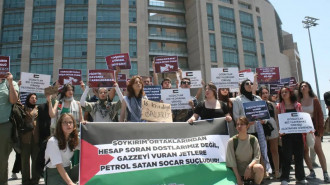
How 3D-printed masks are changing the lives of Gaza's burn victims

For long hours a day, Ahmed Musleh, a young man from Gaza City, wears a 3D-printed mask, as a therapeutic measure that alleviates the deformities of his burned body.
In 2019, Musleh attempted suicide by pouring gasoline on his body and setting it on fire. That accident caused severe burns to his body, especially his face, stomach, hands, and feet.
"At first glance, I felt like my skin was melting and flying... But, then, I remember that the fires were very fast to devour my skin," the young man told The New Arab while touching the burns on his face.
"I did not want to die, but I wanted to send a message to those around me, that I could no longer bear the pressures I was going through, whether those pressures were psychological, economic or social," he adds.
But it seems that the message that the young man wanted to deliver cost him dearly. Overnight, his face turned into "distortion", and now some compare him to a "scary monster."
"Because of these distortions, people started calling me a monster," he says. "Some were running away from me, and others were refusing to even talk to me."
In an attempt to get rid of people's negative views, the young man would cover his entire face with a face mask or be prevented from leaving his house.
But this did not last long, as he is among the hundreds of patients being treated by the NGO, Doctors Without Borders.
The organisation is working to treat the victims using a particular plastic material within a three-dimensional technology that contributes to the regression of damaged tissues. The accident left thirty burns on the face.
A team of seven specialists works at the organisation's headquarters in the Gaza Strip. They photograph the patient with a scanning device linked to a special computer whose task is to transfer the fingerprint of the patient's face so that a specialised medical committee in Paris can study it.
"The mask compresses the damaged tissues in the face, prevents their growth, and works to retract them back," Ahmed Al-Madhoun, physiotherapy supervisor in the organisation's office, told The New Arab.
"They photograph the patient with a scanning device linked to a special computer whose task is to transfer the fingerprint of the patient's face so that a specialised medical committee in Paris can study it"
"Doctors in France treat the image, remove all distortions, reprogramme the patient's face to the natural fingerprint and send it to us, in addition to the material from which the mask is made," he added.
Within the organisation's clinic, specialists prepare the masks, which go through several stages before ending with a 3D-printed mask.
Al-Madhoun says, "The process of treating burn deformities is not easy, but it is not difficult either... It all depends on the extent of patients' adherence to the treatment methods and the recommended period."
He adds, "So far, we have about 100 cases of deformities that are very difficult, and we have helped about 60 cases to return to their normal lives, after restoring about 85-95 percent of their normal shape."
There are four medical clinics dispersed over the governorates of the Gaza Strip. Usually, full treatment services are provided free of charge. At the same time, the organisation offers to cover transportation costs to those who do not have the money to reach the medical clinics.
Musleh hopes that he will spend his recommended treatment period, which is approximately a year, to get rid of the distortions that he says "frighten people" and to be able to lead an everyday life.
"I feel like I'm getting close to getting my life back to normal," he says. "I'm now appearing in the public streets naturally because I'm wearing this mask, and people are no longer afraid of how I look."
Musleh now works as a street vendor. "I have my own clients, and I make enough money to support myself and my family," he says.
It was not much different for Izdihar Mohammed, a resident of Gaza, who arrived at one of the organisation's clinics to start a long treatment journey for multiple deformities in her body due to a massive fire that broke out in a bakery in the Strip.
Izdihar recalls the details of the tragic accident that burned her, her daughter, and her husband in 2019, as she says, "We were waiting for the taxi to go home after we finished shopping, we heard a sudden explosion and then we saw fire everywhere."
"When I saw myself for the first time, I thought I saw someone else, I saw a burnt face, its features almost disappeared, and I did not believe that I was the same person standing in front of the mirror"
The accident led to the death of at least 25 people and dozens of injuries, including Izdihar and two family members.
The mother told The New Arab that she and her daughter stayed in the hospital for two months. "My family refused to see my face after the accident, but I saw my face for the first time 50 days after the accident. I saw it in the elevator mirror when I came to the clinic for the first time to prepare the mask."
With a look filled with shock and heartbreak, she said, "When I saw myself for the first time, I thought I saw someone else, I saw a burnt face, its features almost disappeared, and I did not believe that I was the same person standing in front of the mirror.
"At this moment, I felt that time had stopped, I wanted to cry, scream, but I closed my eyes and said to myself that I will recover one day," she added.
"But unfortunately, it was not easy for me, especially since my society did not accept me as a victim. Sometimes I felt that people were afraid of me, and sometimes I saw pity in the eyes of others... In both cases, I felt internal resentment."
The severe injuries inflicted on family members caused them to stay at home for a long time for fear of being bullied or ridiculed for the "disfigurements" they had suffered.
For two years, Izdihar kept wearing the medicated plastic mask on her face. "I used to wear the mask for about 16 hours a day, while my daughter used to wear it for only eight," she says.
The mask consists of medical silicone pieces that help put pressure on the burnt tissues in the face.
"Our burns improved after using the mask, by about 85 percent, as I was able to go outside without fear or the pity I see in people's eyes," she said.
"I only take it off if necessary, I take it off for half an hour every three hours to rest or to eat," says the mother of four.
"I am going about my life at home as normal. I hope that the effects of the burns will disappear after two or three years of putting the mask on, as the doctors told me."
"Every year, we treat thousands of patients with burns. We have produced dozens of masks to treat patients' facial deformities, as it helps change their lives dramatically"
Since 2007, the Strip has been put under a tight Israeli blockade after the Islamic Hamas movement forcibly seized the area and ousted its previous rulers, the officials of Fatah.
Israel, which considers Hamas a terror organisation, launched four large-scale military operations in the Gaza Strip between 2008 and 2021 to curb the threat emanating from the enclave.
As a result of the Israeli blockade, the Gaza people challenge to travel from the coastal enclave.
Abdul Hamid Qaradai, the director of the organisation's physiotherapy activity, told The New Arab that "providing 3D-printed masks to patients has greatly contributed to the absence of a large number of patients from travelling abroad to obtain the necessary treatment for them."
In the past, Qaradai says, burn victims in Gaza could only use 3D-printed masks when they travelled to Jordan for reconstructive surgery.
"Every year, we treat thousands of patients with burns. We have produced dozens of masks to treat patients' facial deformities, as it helps change their lives dramatically," he added.
"Transparent masks are made of hard plastic materials imported from France that help soften tissues and prevent complications such as sunken scars. The mask is usually fixed with rubber bands on the patient's face, to be comfortable in its use," he said.
Sally Ibrahim is The New Arab's correspondent from Gaza

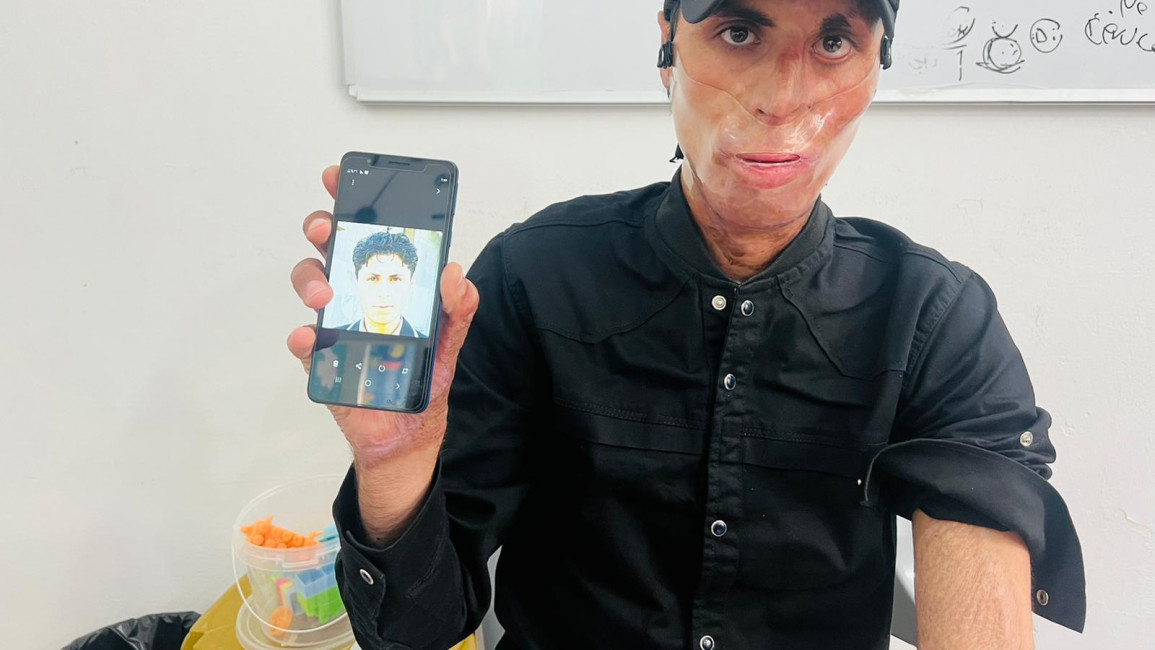




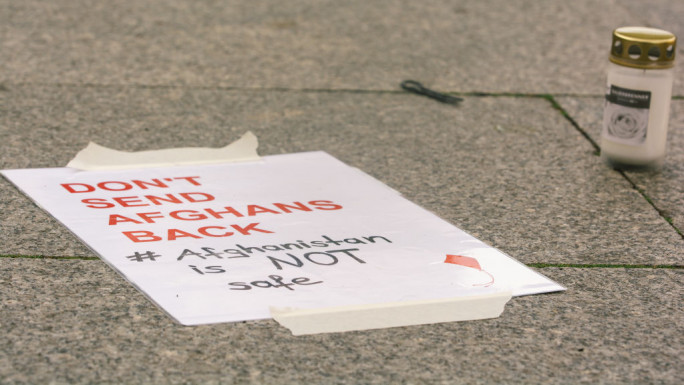
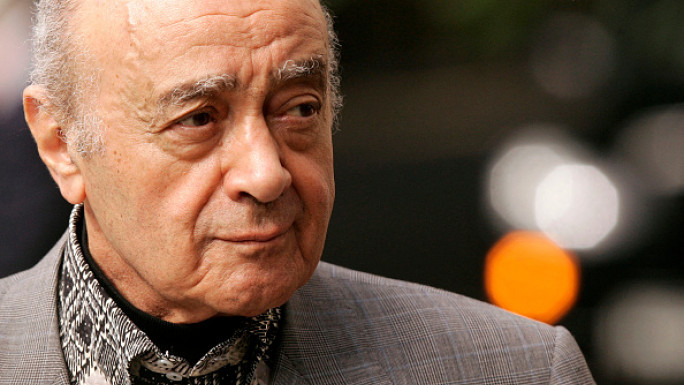
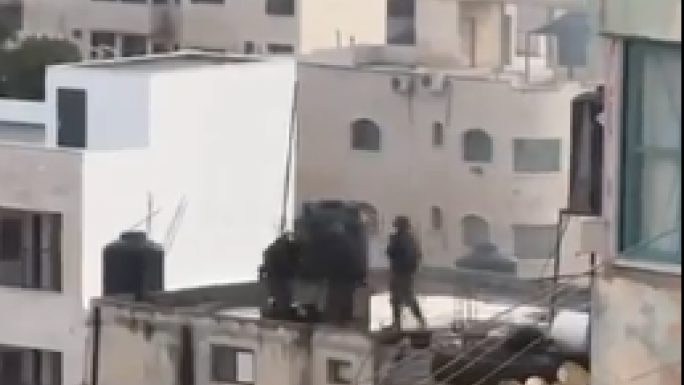
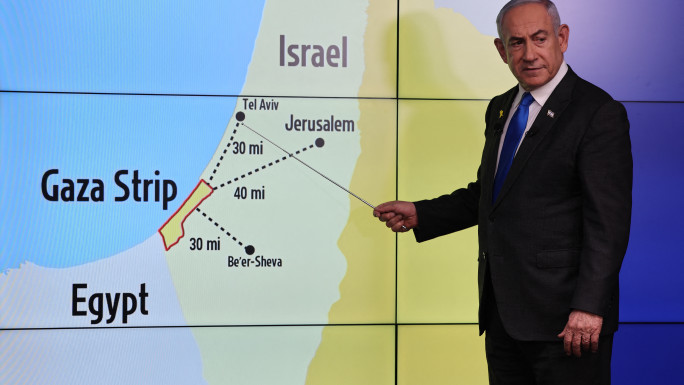
![gaza hospital [getty]](/sites/default/files/styles/image_684x385/public/media/images/04CAB42E-7AB3-4448-B45F-B0E1D7D43091.jpg?h=d1cb525d&itok=XYFJ5dpl)
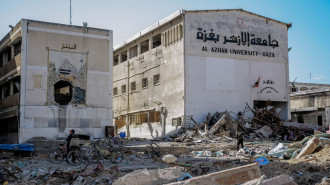
![Palestinians remember Elias Khoury [Getty]](/sites/default/files/styles/image_330x185/public/948944342.jpeg?h=a5f2f23a&itok=ccFJZs75)
